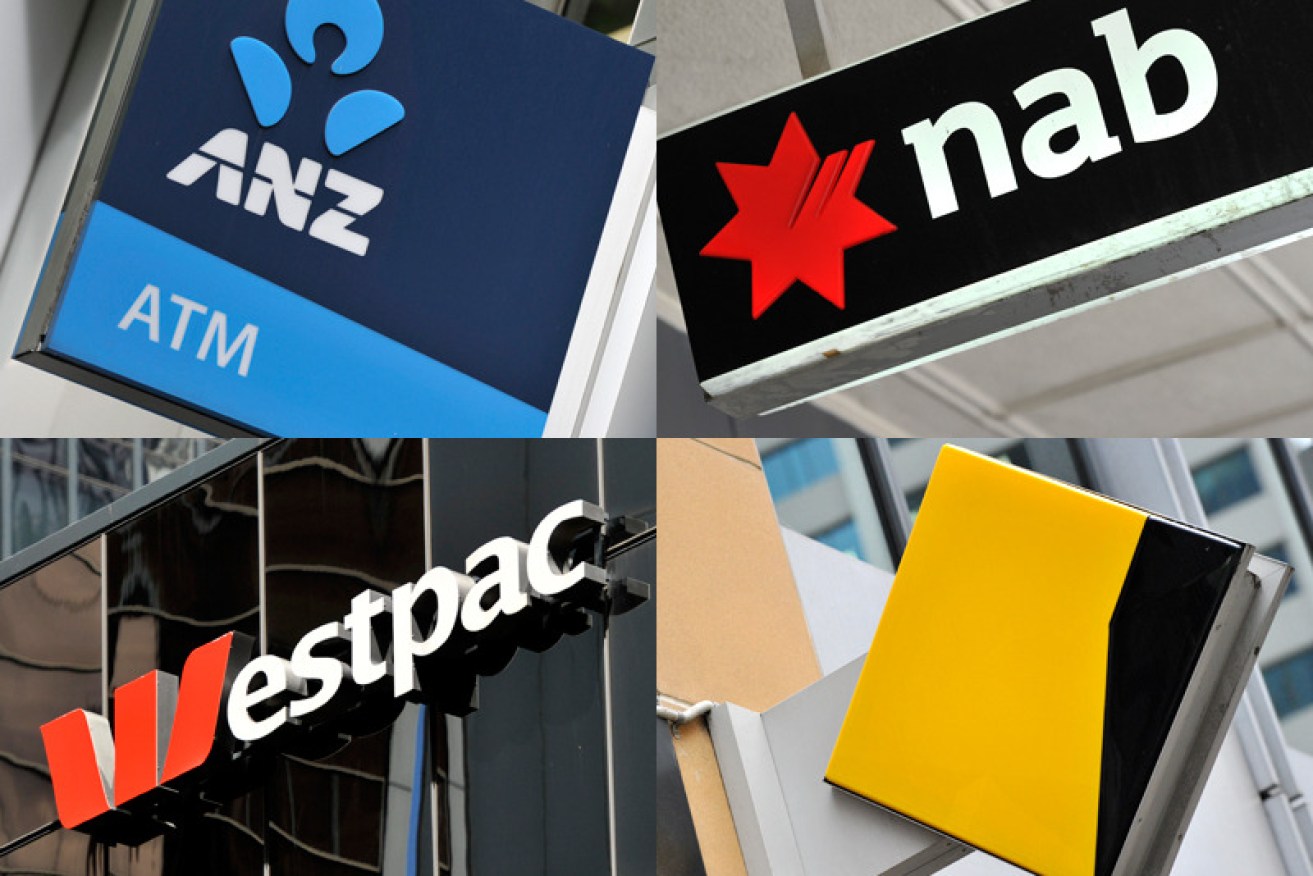Busting the banks’ claim they are owned by ordinary Australians


Bank executives pay has long been a contentious issue. Photo: AAP
The nation’s banks have launched an advertising campaign claiming the majority of bank shareholders are “everyday Australians”, but the claims don’t stack up.
The ad campaign, which follows months of bad press and ongoing calls for a royal commission, attempts to restore the reputation of the banks by pitching them as a sort of national collective that shares out its profits equally.
But it fails to point out that, while most Australians do indeed own bank shares through their super funds, the actual value of those shares is a tiny proportion of the shares – probably well under 10 per cent.
In dollar terms, bank ownership is still skewed towards the wealthy minority.
The ad campaign, run by the Australian Bankers Association, claims nearly 80 per cent of bank profits go “straight back to shareholders”, adding that the “majority of those shareholders are everyday Australians who own bank shares through their super funds”.
“If you’re an Australian with a super fund, you will almost certainly be sharing in the profits that Australian banks distribute to shareholders,” the campaign states.
https://www.youtube.com/watch?v=GOMtRAPiJfI#action=share
The ABA’s claim that banks give nearly 80 per cent of profits back to shareholders appears to be broadly accurate, if a little on the generous side.
Let’s take the Commonwealth Bank of Australia (CBA) – the biggest bank in Australia, and a good touchstone for the rest.
This year, the CBA paid out $7.4 billion in dividends, off annual profits of $9.9 billion – in other words, about 75 per cent of profits went back to shareholders.
However, exactly who received this money is much less clear. What is certain is that the majority of it most definitely did not go to “everyday Australians”.
Who really owns the big banks?
According to the CBA, well over 50 per cent of its shares are divided up between around 800,000 direct retail investors.
That’s 3.3 per cent of the population – and, we can assume, a comparatively wealthy, financially literate 3.3 per cent, and not the “everyday Australians” targeted in the ad.
Finding out exactly who CBA’s shareholders are is almost impossible.
Listed companies are only required to name their 20 biggest investors, and even this list is pretty unhelpful.
For example, by far the biggest “owner” of CBA shares is an entity called ‘HSBC Custody Nominees (Australia) Limited’, which holds 21.75 per cent of CBA’s shares. That currently equates to around $36 billion.
What is ‘HSBC Custody Nominees (Australia) Limited’?
It is what is called a “custodian bank”. A custodian bank’s job is to hold the financial assets of “institutional investors” such as superannuation funds, insurance companies and fund managers.
That means that stonking $36 billion is not in fact owned by HSBC at all, but simply held on behalf of a large number of different institutional investors of which we know nothing at all.
In HSBC’s case the vast majority (18 of that 21.75 per cent) of its custodial assets are held on behalf of overseas institutional investors.
So straight off, we know at least 18 per cent of CBA is foreign-owned, and does not go to “everyday Australians”.
The next four biggest CBA “shareholders” are also custodian banks – JP Morgan, Citi, NAB, and BNP Paribas – which collectively serve as custodian for most of Australia’s major super funds.
Together, these four custodian banks hold around 25 per cent of CBA’s shares.
Only around half of the $3 trillion assets held by custodian banks, however, belong to super funds (excluding self-managed super funds, which overwhelmingly belong to wealthy rather than “everyday” Australians).
So from that, we can deduce that around 12.5 per cent of the CBA is owned by members of superannuation funds.
How many of those are ‘everyday Australians’?
The ABA did not define the term “everyday Australian”, but it would probably be fair to say it refers to someone on an average income with an average superannuation balance.
According to the Association of Superannuation Funds of Australia, the average superannuation balance across all age groups is $98,535 for a man and $54,916 for a woman.
That is the average, which means many will have much more than that, and many will have much less.
So what proportion of that 12.5 per cent of CBA belongs to people with an average superannuation balance? It’s impossible to say without going into complex, speculative calculations. But it is certainly a lot less than the full 12.5 per cent. It seems safe to say the figure would be single digits, and probably not high single digits.
That single digit percentage is spread very thinly over millions of Australians. So while it is probably true that a majority of CBA’s owners are, loosely speaking, “everyday Australians”, the proportion of the bank that they own is measly.
And the poorer you are, and the less work you can find, the less you will benefit from owning the bank. Especially if you’re a woman.
So, while we may all own shares in the banks through our super, those shares are distributed about as equally as wealth is in general – i.e. supremely unequally.








